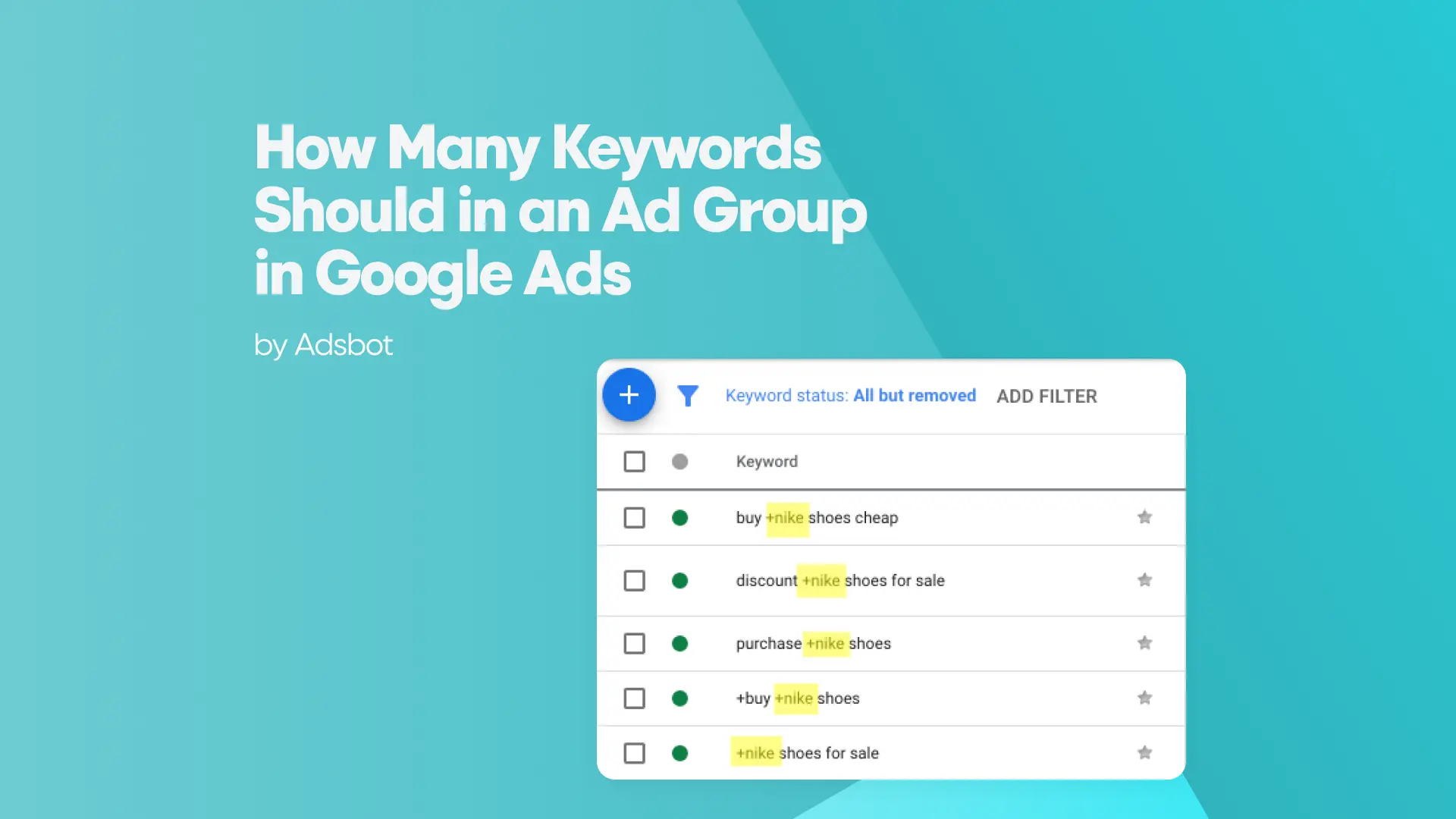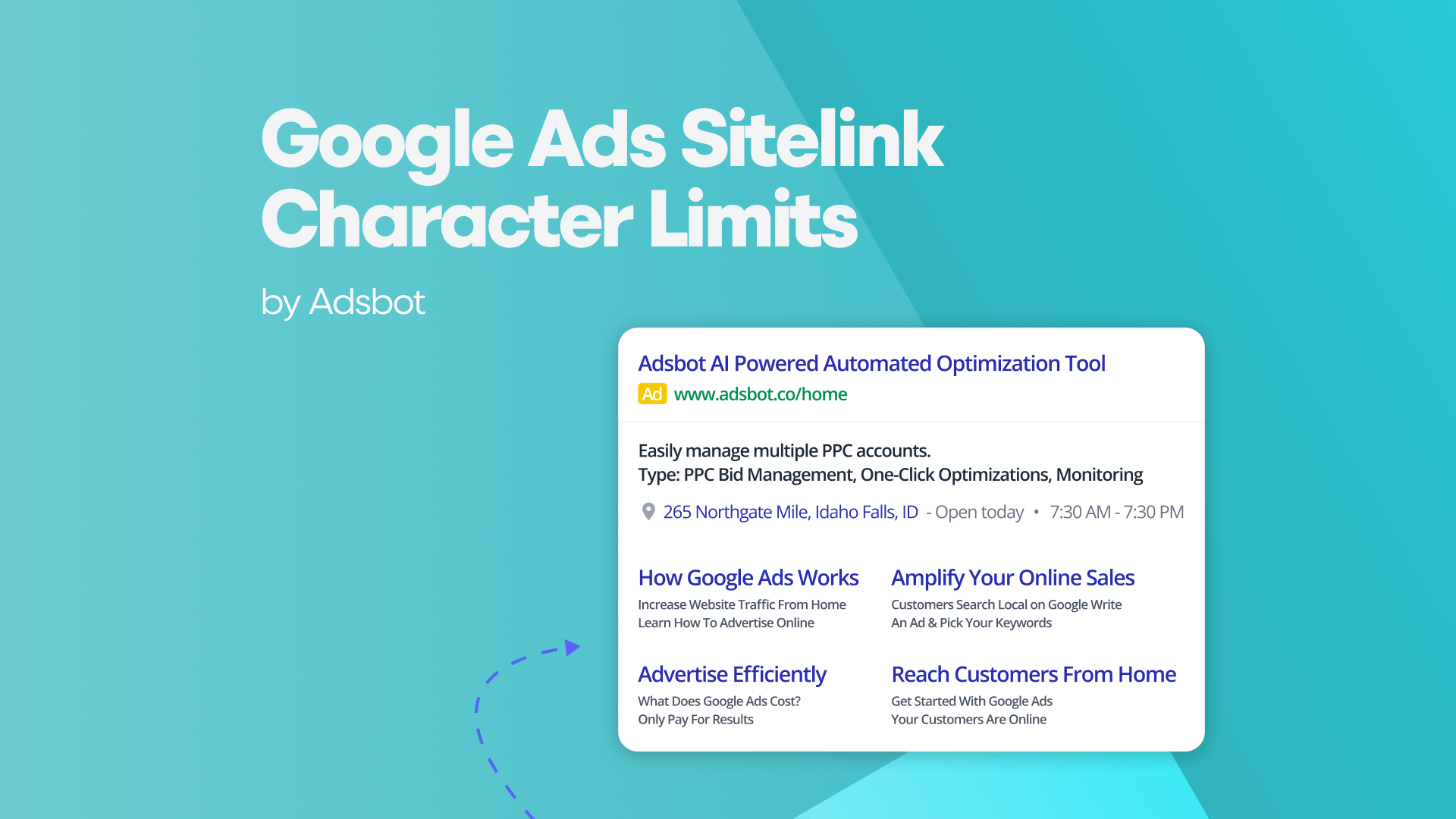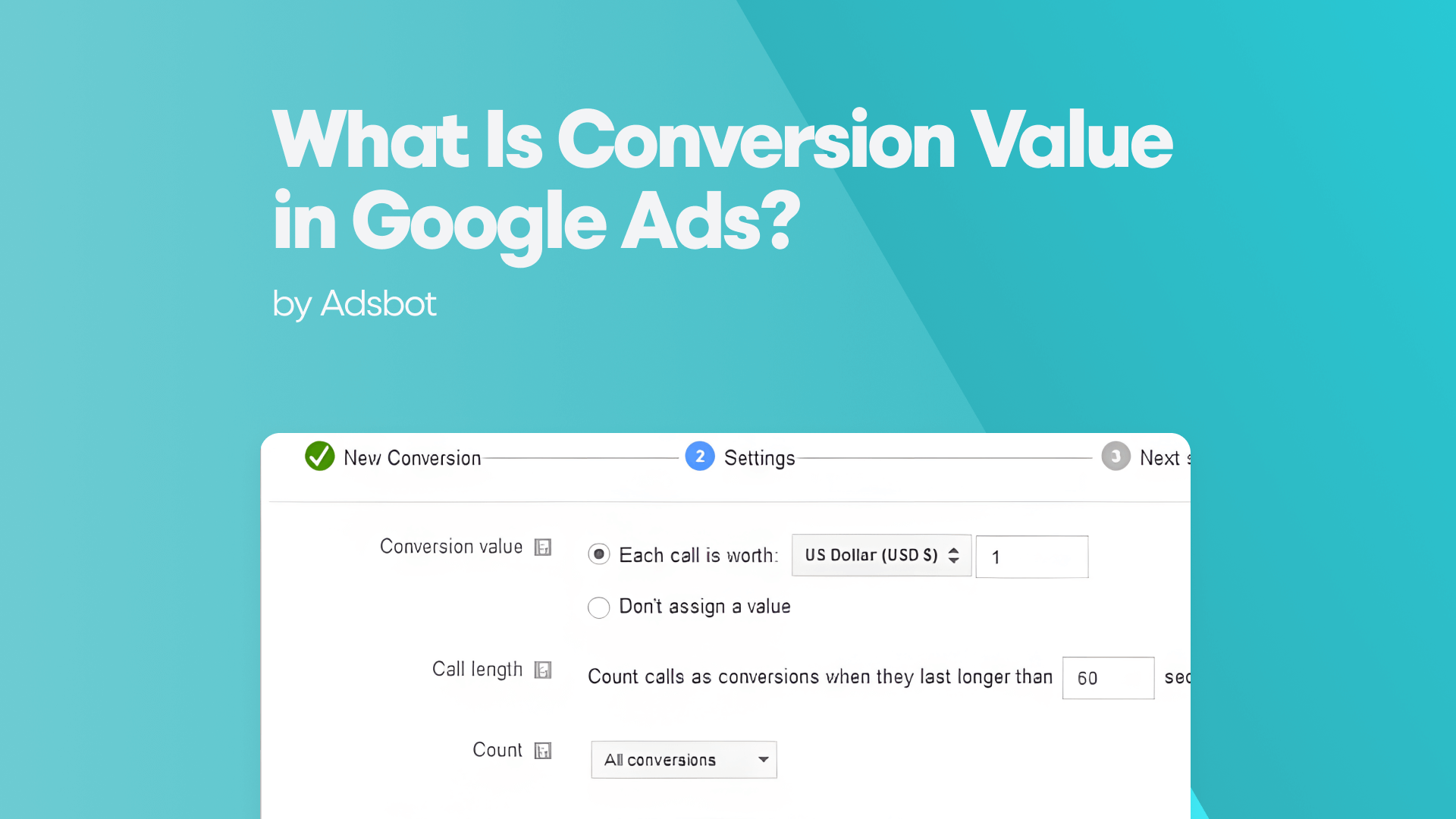Ever wondered why some YouTube videos skyrocket in views while others, even with great content, struggle to gain traction? The secret often lies in impressions click-through rate (CTR), a metric that separates thriving channels from stagnant ones. If you’re asking, “What is a good impressions click-through rate on YouTube?”, you’re already ahead of the curve, because understanding this number can mean the difference between obscurity and viral success.
YouTube’s algorithm rewards videos that capture attention instantly, and CTR is the ultimate litmus test. A high CTR signals to YouTube that your thumbnail and title are compelling enough to stop scrollers in their tracks, boosting your video’s chances of being recommended. But what’s considered “good”? Is a 4% CTR impressive, or should you aim higher? And how do factors like niche, audience behavior, and even YouTube Shorts change the game?
In this guide, we’ll break down exactly what a good YouTube CTR looks like, how it’s measured, and, most importantly, how to improve yours to unlock explosive growth. Whether you’re a new creator or a seasoned pro, mastering this metric could be your ticket to more views, subscribers, and revenue.
How YouTube Measures Impressions and Click-Through Rate
YouTube’s impressions and click-through rate (CTR) are two sides of the same coin, working together to determine how well your video performs in search results, suggested videos, and the homepage. Impressions represent the number of times your video’s thumbnail was shown to viewers, whether on their feed, search results, or as a suggested video. However, not all impressions are equal; YouTube only counts an impression when at least 50% of your thumbnail is visible on-screen for at least one second. This ensures the viewer had a real opportunity to engage with your content.
Click-through rate (CTR), on the other hand, is the percentage of impressions that resulted in a click. It’s calculated by dividing the number of clicks your video received by the total impressions, then multiplying by 100. For example, if your video got 1,000 impressions and 50 clicks, your CTR would be 5%. This metric is a direct reflection of how irresistible your title and thumbnail are to your target audience. A low CTR suggests your video isn’t compelling enough to stand out, while a high CTR signals a strong appeal, prompting YouTube’s algorithm to push your content to even more viewers.
What many creators overlook is that YouTube’s algorithm prioritizes videos with high CTRs in the first 24–48 hours. If your video performs well initially, YouTube will continue promoting it; if it flops, it gets buried. This makes CTR one of the most critical early indicators of success. Additionally, impressions themselves are influenced by factors like watch history, subscriber activity, and external traffic sources, meaning your CTR can fluctuate based on where and how your video is being discovered.
Average YouTube Click-Through Rates by Video Category
The ideal click-through rate on YouTube varies dramatically by niche, with some categories naturally performing better due to audience behavior, competition, and content type. On average, a “good” YouTube CTR falls between 4% and 10%, but top-performing videos in competitive niches can exceed 15% or more. Other key factors include:
- Gaming and Esports: Typically sees CTRs between 6% and 12%, as gamers actively search for walkthroughs, reviews, and live streams. Thumbnails with high-energy visuals (e.g., explosive moments, character close-ups) tend to perform best.
- How-To and Tutorials: These videos often achieve 5% to 9% CTR because viewers are in “problem-solving mode” and more likely to click on clear, benefit-driven titles (e.g., “How to Fix [Issue] in 5 Minutes”).
- Vlogs and Personal Stories: Usually land between 3% and 7%, as success depends heavily on the creator’s personal brand and emotional hooks in thumbnails (e.g., shocked expressions, intriguing text overlays).
- Music and Entertainment: Can range widely from 2% to 15%, with viral challenges or trending songs skewing higher. Short, punchy titles (e.g., “This Song Will Give You Chills”) often outperform generic ones.
- Business and Finance: Tends to have lower CTRs (3% to 6%) due to a more analytical audience, but high-value keywords (e.g., “Passive Income Ideas 2024”) can drive stronger performance.
- YouTube Shorts: Given their fast-paced nature, Shorts often see higher CTRs (8% to 20%+) because viewers are conditioned to swipe quickly, making eye-catching first frames critical.
It’s important to note that new channels often start with lower CTRs (2%–4%) as they build credibility, while established creators with loyal audiences can maintain consistently higher rates (7%–12%). The key is to benchmark against your own historical data rather than chasing arbitrary industry standards. If your CTR is trending upward over time, you’re on the right track, even if it’s not yet in the “elite” range.
Factors That Influence a Good YouTube CTR
A high click-through rate isn’t just about luck; it’s the result of strategic optimization across multiple elements of your video’s presentation. The thumbnail and title are the most obvious drivers, but deeper factors like audience targeting, publishing time, and even YouTube’s algorithmic biases play a role. For instance, a thumbnail with high contrast, bold text, and human faces (especially with expressive emotions) statistically performs better because it triggers an instinctive response in viewers. Similarly, titles that spark curiosity, promise a solution, or leverage trending keywords (e.g., “This Hack Saved Me $1,000!”) tend to outperform vague or overly generic ones.
Another critical but often overlooked factor is impression quality. Not all impressions are equal. Those from subscribers or highly relevant search queries convert at a much higher rate than random suggested videos. This is why niche-specific content with strong SEO optimization (e.g., targeting long-tail keywords like “best budget DSLR for beginners 2024”) can achieve higher CTRs than broad, generic topics. Additionally, YouTube’s “shelf life” effect means newer videos often get a temporary CTR boost as the algorithm tests their appeal, while older videos may see declining CTRs unless they’re evergreen or updated.
External factors also come into play, such as seasonality, current events, and platform trends. For example, a video about “Holiday Gift Ideas” will naturally see a CTR spike in December, while a tutorial on “How to Use [New Software Feature]” may surge when the feature is first released. Finally, audience retention indirectly impacts CTR. If viewers click but leave within seconds, YouTube may deprioritize your video, leading to fewer impressions over time. The goal is to align your thumbnail, title, and content promise so tightly that viewers not only click but stay engaged.
Why Impressions Matter for YouTube Channel Growth
Impressions are the fuel that powers your YouTube channel’s growth engine. Without them, even the best videos will stagnate. The more impressions your video earns, the more data YouTube’s algorithm collects to determine whether your content deserves wider promotion. High impressions with a strong CTR create a virtuous cycle: YouTube sees your video as valuable, pushes it to more viewers, and your reach snowballs. Conversely, low impressions mean your video is stuck in obscurity, regardless of its quality. Other key factors include:
- Algorithm Trust: YouTube prioritizes videos that consistently earn high impressions and CTRs, as they signal relevance. Channels with a history of strong performance get preferential treatment in recommendations.
- Subscriber Growth: Impressions from non-subscribers (via search or suggested videos) are critical for attracting new audiences. A single viral video can double or triple your subscriber count if it ranks well.
- Monetization Potential: More impressions lead to more ad views, sponsorship opportunities, and affiliate clicks. Channels with 100K+ impressions per video often see a 30–50% increase in revenue compared to those with lower reach.
- Competitive Edge: In saturated niches (e.g., gaming, beauty), outperforming competitors in impressions can mean the difference between page 1 and page 10 of search results.
- Long-Term Discoverability: Videos with sustained impressions (even years after upload) become evergreen assets, driving passive traffic and revenue indefinitely.
Ultimately, impressions act as a leading indicator of your channel’s health. If your impressions are growing but CTR is flat, your thumbnails and titles need work. If both are declining, it’s time to reassess your content strategy, whether that means refining your niche, improving video hooks, or leveraging trends more effectively. The most successful creators treat impressions as a north star metric, constantly testing and iterating to maximize their reach.
Strategies to Increase Your YouTube Video CTR
Boosting your YouTube CTR requires a data-driven approach that combines creative experimentation with analytical rigor. Start by A/B testing thumbnails and titles. YouTube Studio’s analytics tool lets you compare performance between different versions. For thumbnails, use high-contrast colors (red, yellow, black) and close-up faces with clear emotions; surprise, joy, or shock work best. Avoid clutter, as a single focal point (e.g., a bold text overlay or striking image) outperforms busy designs. Titles should lead with the most compelling benefit. For example, “I Tried the Viral Weight Loss Hack (Results in 7 Days!)” performs better than “My Weight Loss Journey.”
Leverage YouTube’s “Click-Through Rate” report in Studio Analytics to identify underperforming videos and diagnose issues. If a video has a low CTR but high retention, the problem is likely the thumbnail or title. If both CTR and retention are poor, the content itself may not match audience expectations. Another powerful tactic is to study competitors’ top-performing videos; use tools like VidIQ or TubeBuddy to analyze their thumbnails, titles, and tags. Notice patterns? If most high-CTR videos in your niche use numbers in titles (e.g., “5 Secrets to…”), test that format yourself.
Finally, optimize for YouTube’s “suggested videos” section by ensuring your title and thumbnail align with the content viewers just watched. For example, if someone watches a video on “Beginner Guitar Chords,” your video titled “10 Easy Songs to Play with Those Chords” has a higher chance of being clicked. Timing matters too. Publish when your audience is most active (check YouTube Analytics for peak hours) and ride trending topics when relevant. By combining creative hooks, data-backed adjustments, and strategic timing, you can significantly boost your CTR, and with it, your views and subscriber growth. For creators managing multiple channels or running ads, leveraging a tool with a comprehensive dashboard like Adsbot can further streamline this process, offering AI-powered analysis to pinpoint optimization opportunities 24/7.
Popular Posts
-
How Many Keywords Should Be In an Ad Group in Google Ads?
Ever wondered if your Google Ads campaigns are packed with…
Read more -
Google Ads Script for Dummies: An Introduction
Imagine you have an e-commerce website that sells licensed superhero…
Read more -
Google Ads Sitelink Character Limits
Your Google Ads are cutting off in the middle of…
Read more -
What Is Conversion Value in Google Ads?
What if you could put a price tag on every…
Read more
Register for our Free 14-day Trial now!
No credit card required, cancel anytime.





